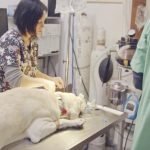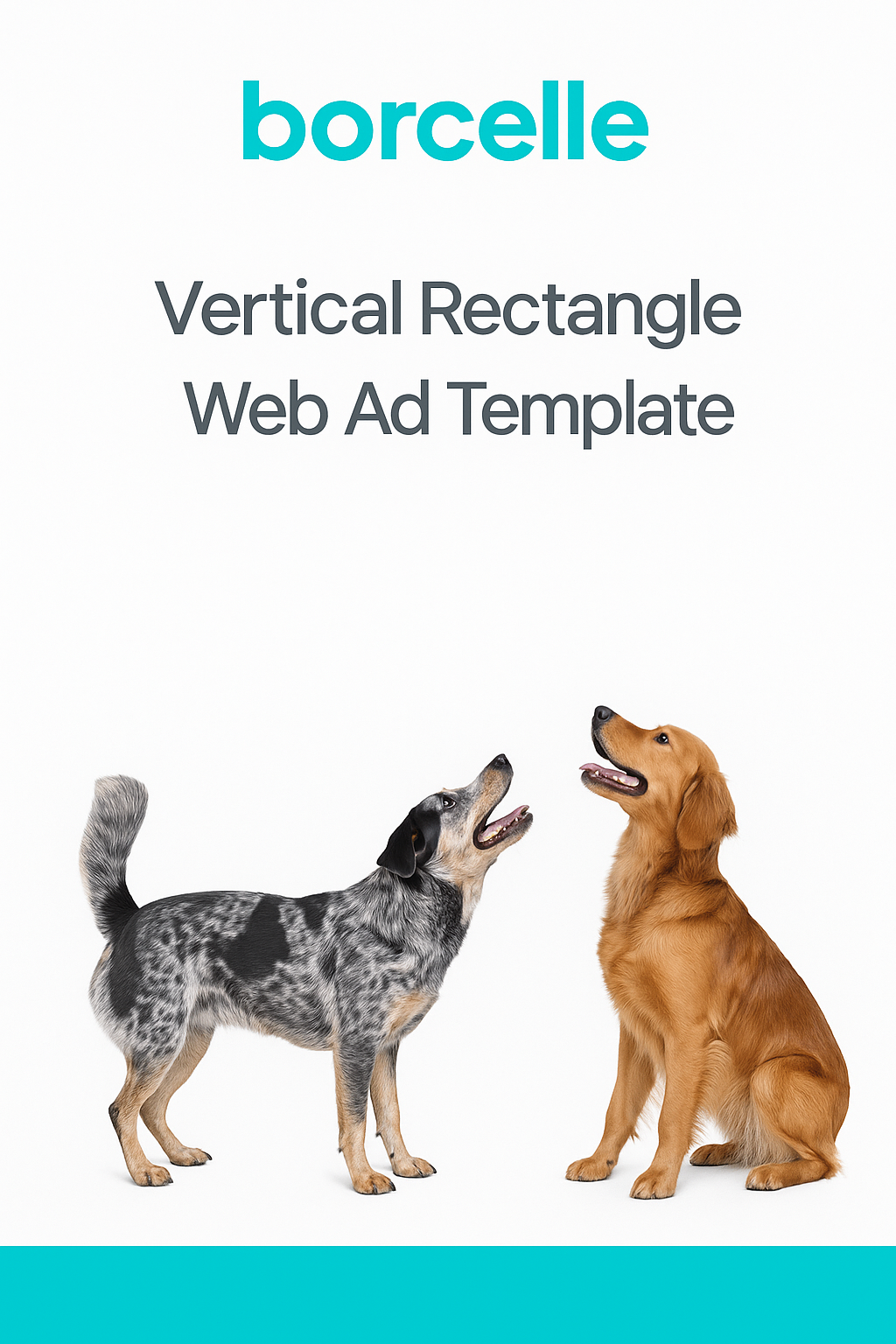Dr. Greenway discusses cherry eye in dogs and offers advice on how to treat it properly in order to prevent the gland from popping out again. Cherry eye, also known as prolapse of the third eyelid gland can become red, inflamed and produce less tears which can lead to ocular diseases.
TRANSCRIPT:
I’m Dr. Clayton Greenway with healthcareforpets.com. So we’re going to talk a little bit about a condition known as cherry eye, it’s also known as a prolapse of the third eyelid gland. This is Trudy and she has it in her left eye. You can see this red blob sitting in the medial corner of her eye and this is called the third eyelid gland. When it pops up from its normal seated position, you can see it there very clearly in the corner of the eye.
This is a gland that produces tears. If this gland remains in this position, what will happen is over time it will get more red, inflamed and irritated and can be painful to the dog, but it can also start to produce less tears and when it does that it won’t wash debris and things out of the eye as well as it would when it normally functions.
So they’ll start to get ocular diseases like eye infection. So what you want to look at is when they’re young, possibly when they’re spayed or neutered that you ask your veterinarian about correcting this surgically and there’s a couple different techniques to do this and you’ll want to talk to your veterinarian about which one they can offer. In some cases you may have to go to an ophthalmologist to get that surgery performed because not all veterinarians will offer this surgery.
There are resources online about this condition and they talk about massaging this back down into place. Now it’s very rare that it would ever stay there if you actually massage it physically down into its spot. The longer it stays out, the more likely it’s going to stay out after you massage it back into place. It’s ideal to get this corrected as soon as you can to have them most success with fixing it permanently. You can find out more here at healthcareforpets.com.








